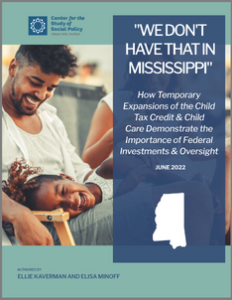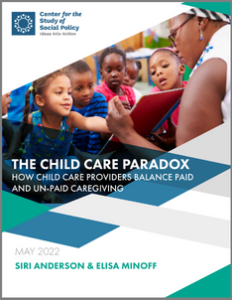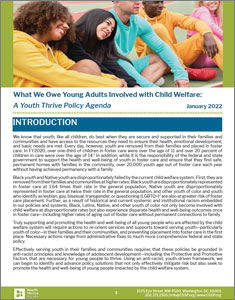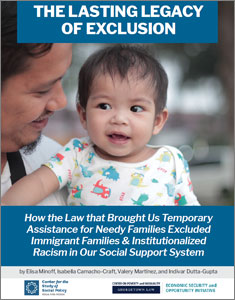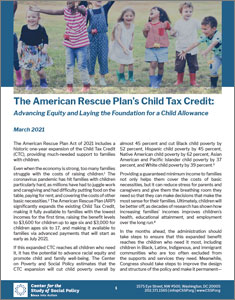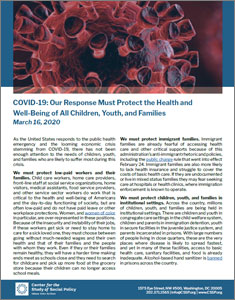This brief synthesizes findings from our research in Mississippi, where we interviewed and surveyed families who identified overwhelmingly as Black or African American, along with diverse child care providers and other stakeholders in the child care sector, to learn whether the Child Tax Credit and child care investments were advancing economic and racial equity and helping families.
(26 pp)
